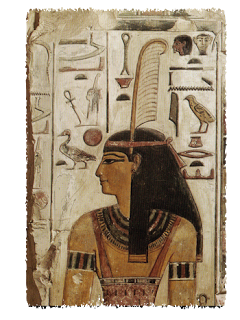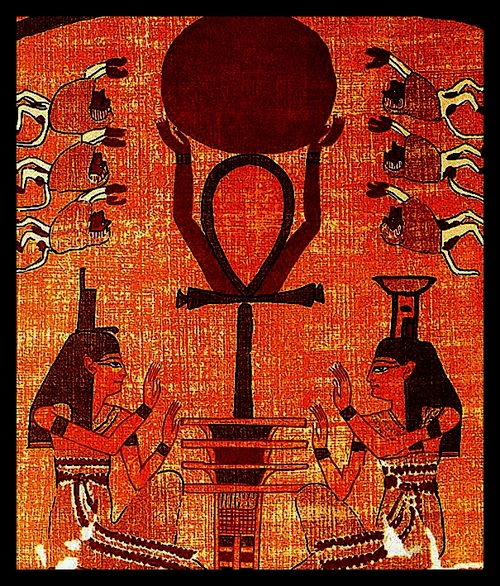 Long before the upraised arms gesture was adopted as the modern protest symbol “Hands up Don’t Shoot”, the ancient Afrakans of the Hapi (Nile) Valley employed the upraised arms to symbolize the KA. The “KA” is interpreted by egyptologists to mean soul, double, personality.
Long before the upraised arms gesture was adopted as the modern protest symbol “Hands up Don’t Shoot”, the ancient Afrakans of the Hapi (Nile) Valley employed the upraised arms to symbolize the KA. The “KA” is interpreted by egyptologists to mean soul, double, personality.
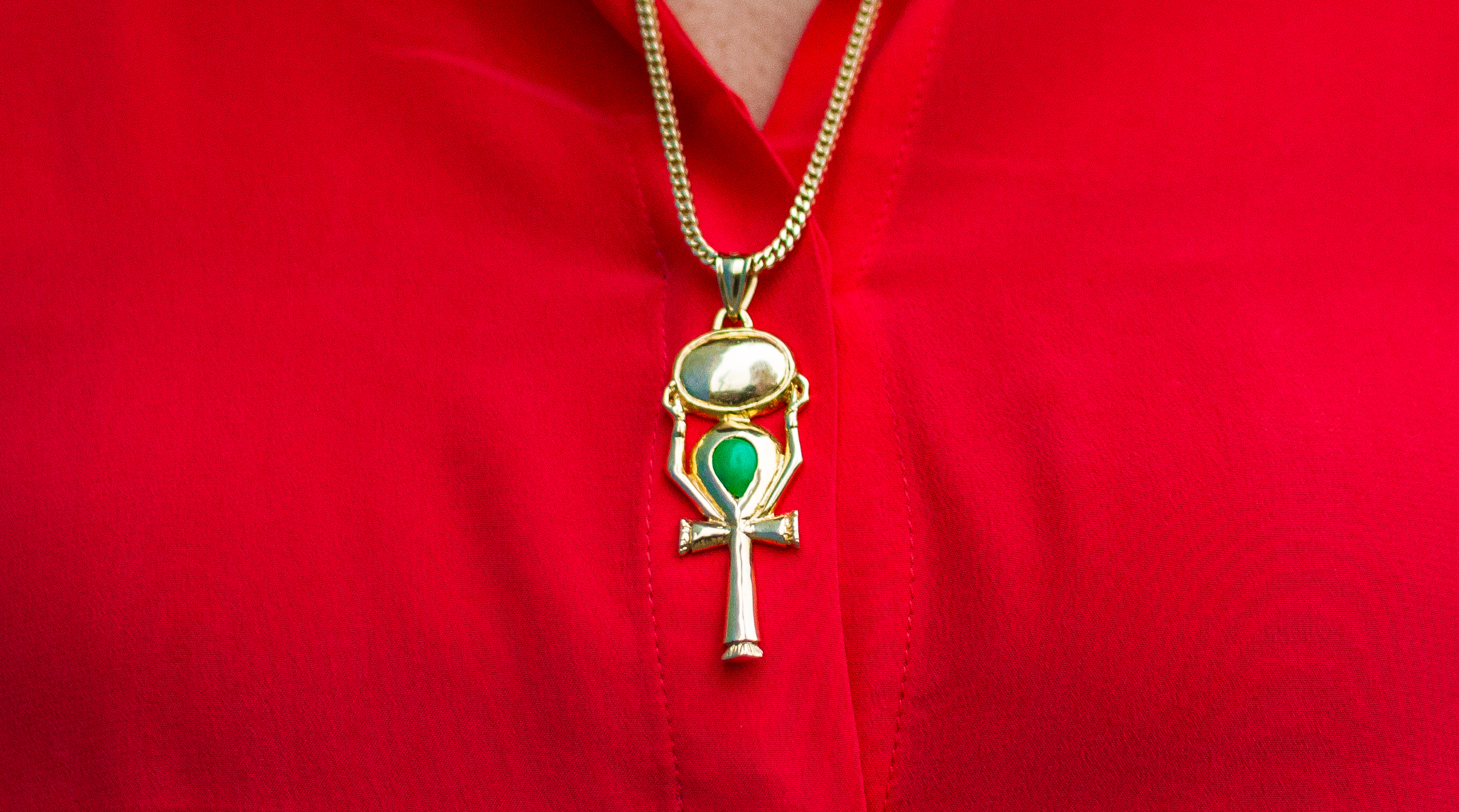
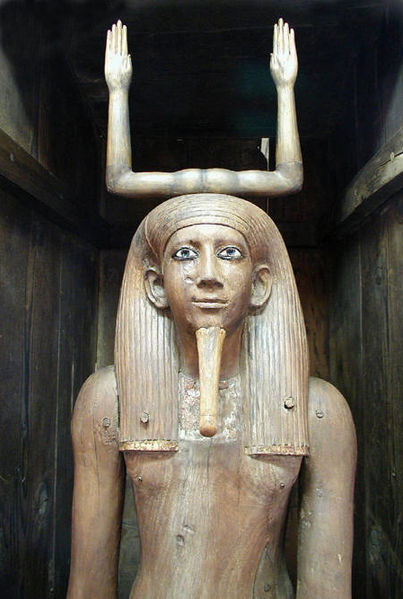 The ancient Nubian/Kushite meaning for KA is that which is exalted, ascended, raised on high and elevated. On Sundays in AfrakAmerikan churches, and at “revival meetings” members who “catch the spirit” raise their arms in this same gesture. King Heru Ra Au Ab-who ruled for a short period (1777-1775 bc) in the 13th dynasty-wears the KA-upraised arms on his head as a crown. This wooden statue of King Heru Ra Au Ab is preserved in the Cairo Museum in KMT (Egypt).
The ancient Nubian/Kushite meaning for KA is that which is exalted, ascended, raised on high and elevated. On Sundays in AfrakAmerikan churches, and at “revival meetings” members who “catch the spirit” raise their arms in this same gesture. King Heru Ra Au Ab-who ruled for a short period (1777-1775 bc) in the 13th dynasty-wears the KA-upraised arms on his head as a crown. This wooden statue of King Heru Ra Au Ab is preserved in the Cairo Museum in KMT (Egypt).
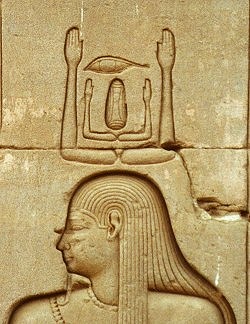 The KA gesture calls us to love, promote, and elevate the gift of life above all else. The ancients of the Nile created the Ankh symbol as their word for life. On temple walls along the Nile and on papyrus these ancestors can be seen wearing the Ankh and carrying it in their hands. The ancient ones governed their lives through the spiritual culture of MA’AT. MA’AT represents harmony, balance, order, complimentariness, truth, reciprocity, propriety, sobriety and cosmic law.
The KA gesture calls us to love, promote, and elevate the gift of life above all else. The ancients of the Nile created the Ankh symbol as their word for life. On temple walls along the Nile and on papyrus these ancestors can be seen wearing the Ankh and carrying it in their hands. The ancient ones governed their lives through the spiritual culture of MA’AT. MA’AT represents harmony, balance, order, complimentariness, truth, reciprocity, propriety, sobriety and cosmic law.
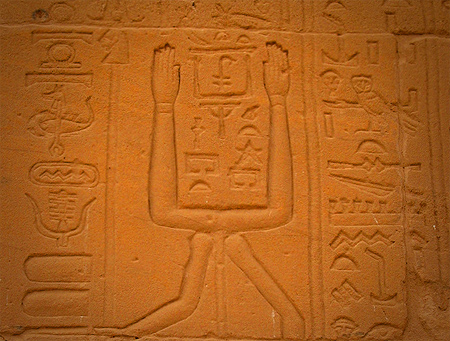 MA’AT is represented as a woman wearing an ostrich feather in her head band. Her message to us is to keep our heart as light as a feather by ethically living in truth. Today, Heru Ankh Ra Semahj Se Ptah, Elder Guide at the SHRINE OF PTAH and founder and master craftsman of the STUDIO OF PTAH has created a pendant combining these three powerful and ancestral symbols (KA/ANKH/MAAT) to be worn by all those who value and are loyal to our Afrakan source.
MA’AT is represented as a woman wearing an ostrich feather in her head band. Her message to us is to keep our heart as light as a feather by ethically living in truth. Today, Heru Ankh Ra Semahj Se Ptah, Elder Guide at the SHRINE OF PTAH and founder and master craftsman of the STUDIO OF PTAH has created a pendant combining these three powerful and ancestral symbols (KA/ANKH/MAAT) to be worn by all those who value and are loyal to our Afrakan source.